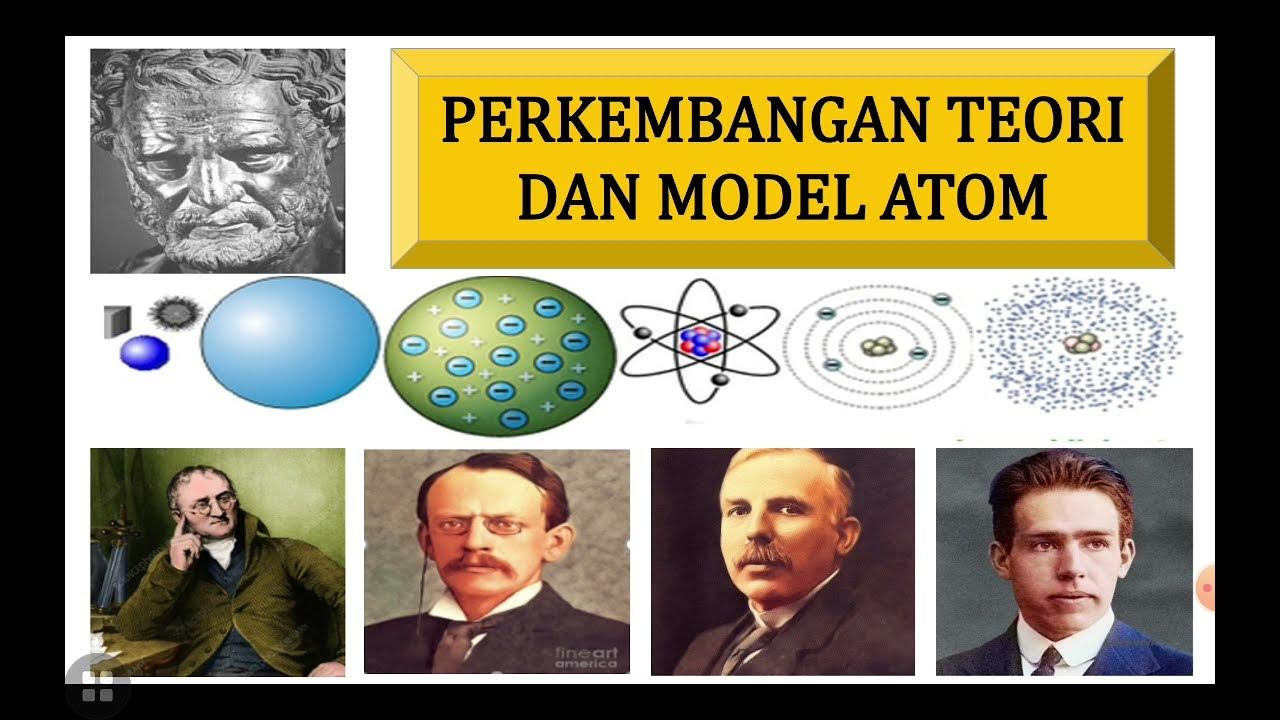MODELLO ATOMICO DI BOHR, ONDE e TEORIA DEI QUANTI -Chimica Lezione 11
Summary
TLDRIn this video, we explore the evolution of atomic theory, beginning with early attempts to describe atoms and molecules. We delve into Max Planck's groundbreaking theory of quantization, which transformed physics by introducing the concept of discrete energy levels. The discussion extends to James Clerk Maxwell's findings on electromagnetic radiation and its wave properties. Niels Bohr's model of quantized electron orbits further refines our understanding, emphasizing the relationship between energy levels and electron positions. The video concludes by highlighting de Broglie's wave-particle duality, setting the stage for future explorations in atomic physics.
Takeaways
- 😀 Max Planck introduced the concept of quantized energy, proposing that energy is emitted in discrete amounts called 'quanta.'
- 😀 The term 'quantum' comes from the Latin word for 'quantity,' reflecting its definition as an indivisible unit of energy.
- 😀 Electromagnetic radiation, including visible light, is characterized by properties such as wavelength, frequency, and amplitude.
- 😀 James Clerk Maxwell discovered that light is an electromagnetic wave, sharing properties with X-rays, ultraviolet rays, and radio waves.
- 😀 The speed of electromagnetic waves can be calculated using the relationship between wavelength and frequency.
- 😀 The electromagnetic spectrum is organized by wavelength and frequency, with each region having distinct characteristics.
- 😀 Niels Bohr proposed that electrons exist in quantized orbits around the nucleus, meaning they can only occupy specific energy levels.
- 😀 The energy of an electron in an atom increases with its distance from the nucleus, following quantized energy levels.
- 😀 Electrons can only exchange energy during transitions between quantized orbits, with energy changes corresponding to specific photon energies.
- 😀 Louis de Broglie introduced the wave-particle duality concept, suggesting that particles like electrons exhibit both particle and wave properties.
Q & A
What was the significance of Max Planck's contribution to atomic theory?
-Max Planck proposed the existence of quantized energy levels, introducing the concept of 'quanta,' which fundamentally changed our understanding of atomic and molecular energy emission.
How did Planck's theory of quantization influence the study of light?
-Planck's theory established that atoms and molecules emit energy only in discrete amounts, leading to the understanding that light behaves as both a wave and a particle, termed 'photons.'
What are the key properties of electromagnetic waves described in the video?
-The key properties include amplitude, wavelength, frequency, and speed, which together define the characteristics of electromagnetic radiation.
What is the relationship between wavelength, frequency, and the speed of light?
-The speed of light is the product of wavelength and frequency; as one increases, the other decreases, maintaining a constant speed.
How did Niels Bohr's model of the atom differ from previous models?
-Niels Bohr introduced the concept of stationary orbits for electrons, where they can exist without emitting energy, and explained the quantized energy levels associated with these orbits.
What role do atomic spectra play in understanding atomic behavior?
-Atomic spectra provide insights into the energy levels of electrons by showing specific wavelengths of light emitted or absorbed when electrons transition between energy states.
What was de Broglie's contribution to atomic theory?
-Louis de Broglie proposed that electrons exhibit both particle and wave properties, leading to the development of wave-particle duality in quantum mechanics.
What is the significance of the quantum number 'n' in Bohr's model?
-The quantum number 'n' represents the energy level of an electron, with higher values corresponding to electrons being farther from the nucleus and possessing greater energy.
How does the emission of energy relate to electron transitions in an atom?
-Electrons can only absorb or emit energy when transitioning between quantized energy levels, with the energy exchanged being equal to the difference between those levels.
What implications did Planck and Einstein's work have on modern physics?
-Their work laid the foundation for quantum mechanics, fundamentally altering the understanding of energy, light, and atomic behavior, and influencing numerous scientific fields.
Outlines

This section is available to paid users only. Please upgrade to access this part.
Upgrade NowMindmap

This section is available to paid users only. Please upgrade to access this part.
Upgrade NowKeywords

This section is available to paid users only. Please upgrade to access this part.
Upgrade NowHighlights

This section is available to paid users only. Please upgrade to access this part.
Upgrade NowTranscripts

This section is available to paid users only. Please upgrade to access this part.
Upgrade NowBrowse More Related Video

IPA Kelas 9 Semester 2 : Partikel Penyusun Materi (Part 1 : atom dan molekul)

Partikel Penyusun Benda dan Makhluk Hidup (Part-1) Teori Atom dan Lambang Atom

Apa itu Atom? | Teori Perkembangan Atom - Kimia IPA

Mass Spectrometry

AULA QUÍMICA - TEORIA ATÔMICA: Modelos Atômicos - STOODI

Kimia X - Struktur Atom #3 | Perkembangan Teori dan Model Atom
5.0 / 5 (0 votes)